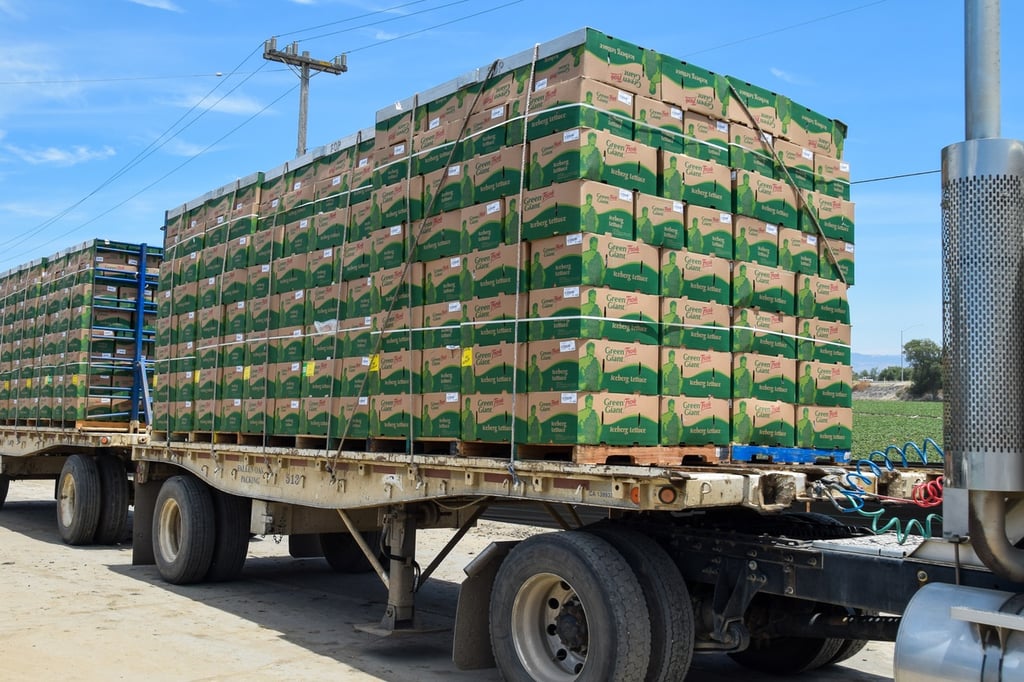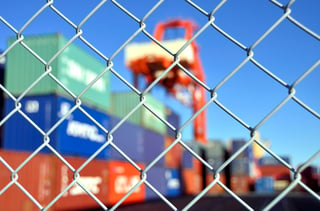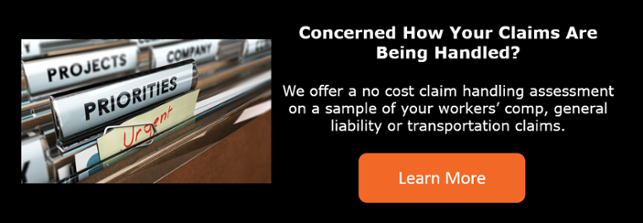 According to the FBI, cargo claims have been on the rise lately. Cargo crime is considered to include trucking, trains, planes, and ships. It’s estimated that cargo theft costs the United States upward towards $30 billion a year. Merchandise can be stolen while in transit at many different places – truck stops, storage facilities, terminals, and most of all, warehouses. It’s becoming a more structured crime and one that often leads authorities to larger-scaled crimes such as organized crime, drug trafficking, money laundering and white-collared crime.
According to the FBI, cargo claims have been on the rise lately. Cargo crime is considered to include trucking, trains, planes, and ships. It’s estimated that cargo theft costs the United States upward towards $30 billion a year. Merchandise can be stolen while in transit at many different places – truck stops, storage facilities, terminals, and most of all, warehouses. It’s becoming a more structured crime and one that often leads authorities to larger-scaled crimes such as organized crime, drug trafficking, money laundering and white-collared crime.
Cargo crime continues to be a combination of organized events and random crimes of opportunity. When investigating a cargo claim, there are many steps to execute in order to understand all the facts surrounding the crime.
Understand the Details
A detailed timeline is necessary to determine the time frame of the crime and when the cargo could have been accessed. If the load was parked overnight, was that necessary? Does this coincide with the delivery instructions?
It’s important to review the company’s cargo policy to determine coverage and exclusions. A policy may exclude coverage of a claim for many reasons. If the trailer was parked overnight, was it secured properly in a fenced yard? Was the cargo covered at the proper value?
The type of cargo could determine the motive for the theft. Determine if the cargo was spoiled, or if it was worth more stolen than purchased.
The Necessary Steps
#1 Initial Contacts
-
Contact the local police and cargo crime task force to be sure they are fully aware of the incident. Determine their involvement and progress of their investigation. Determine if there are any leads or suspects. Depending upon the value of the cargo, a joint investigation may be necessary.
-
Contact the insured to confirm your involvement. The insured should provide the shipping documents, bill of lading and invoices. The driver must be identified, and his/her personnel file should be obtained to identify address, social security number, and cell phone number.
-
Identify who dispatched the load, as well as who brokered it
 #2 Document the Facts
#2 Document the Facts
-
How did the theft occur? Interview the insured, driver, witnesses and any other person with knowledge of the theft.
-
How does the theft relate to policy coverage? Does any other involved party insure the cargo?
-
Confirm if there were any cargo tracking devices used and if the device played a role in the recovery
#3 Exclude Employee Infidelity
-
Determine if any employees were involved in the theft; if so, how? Is there any evidence that an employee may have been paid to look the other way?
-
Conduct a background check on the driver and any other employee that is suspected of the theft. The background check should include a search for criminal records and driver's license.
-
Secure the driver's cell phone number and request the driver sign a release to secure his cell phone records
-
Identify any other parties involved
#4 Conduct a Scene Investigation
-
Document the scene using photographs, Google images and diagrams. Identify any security or surveillance cameras - either at the scene or neighboring businesses. Secure and preserve any videotape.
-
Verify if the scene was secured and describe the location. Document entry gates and access points. Determine if the location was shared with other businesses. Was the scene fenced-in, gated or was there any other form of security? The type of location may affect coverage.
-
Verify hours of operation, procedures and anything out of the ordinary
-
Identify the time frame and route of the cargo
-
Verify if the cargo was left unattended and if so, the reason
-
Verify the common practices for trailers and any specific instruction for drivers. Determine if any specific procedures were followed, or not followed.
-
Verify other unrelated thefts or claim history for all locations
#5 Interview the Driver and Other Employees
-
Secure a recorded statement of the insured, driver and co-driver
-
Obtain a detailed timeline of the driver's route; verify what stops were made and reason. Secure a copy of the driver's logs, fuel receipts, and tolls.
-
Verify who discovered the theft
-
Identify when and to whom the driver reported the incident (insured, owner or police)
-
Verify the details of the theft and location
-
Verify if the trailer was detached from the tractor at the time of the theft and if detached, how it was secured. Was a king pin lock used? The use (or lack of use) may affect coverage.
-
Verify if the driver used a GPS or navigation system
-
Verify if the trailer was sealed and who sealed the load
-
If recovered, what was the condition of the trailer and doors? Was the shipping seal cut? Verify any damage and secure photographs.
-
Verify if entire load was stolen or a partial theft
-
Verify consigned number of pieces and weight
#6 Identify Subrogation or Salvage Potential
-
Identify any third parties that may be involved
-
Can the cargo be salvaged?
Conclusion
We don’t hear a lot about cargo theft in the news, but it certainly happens. The cost to insurers is on the rise, as well as the impact on the global market. Conducting a thorough investigation is necessary for the claim handling process. An experienced adjuster knows what information needs to be uncovered, and the questions to ask. There are many areas of the investigation to cover – be sure your adjuster is well versed in this process and knows all the necessary steps to take.





